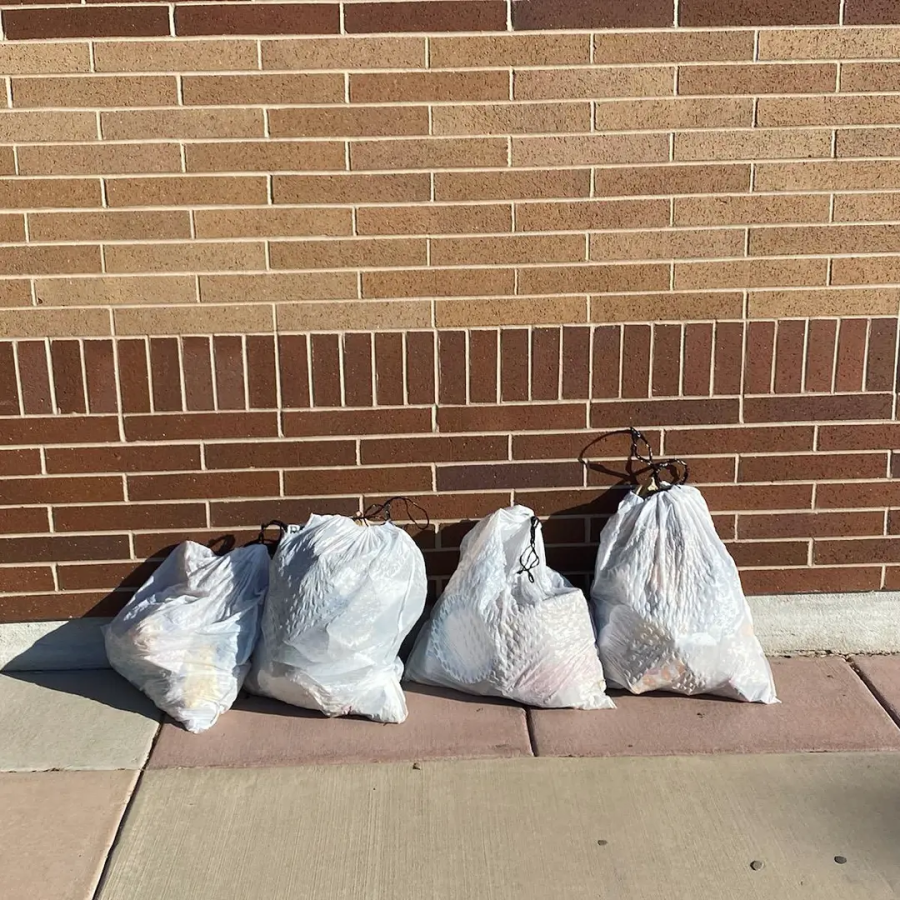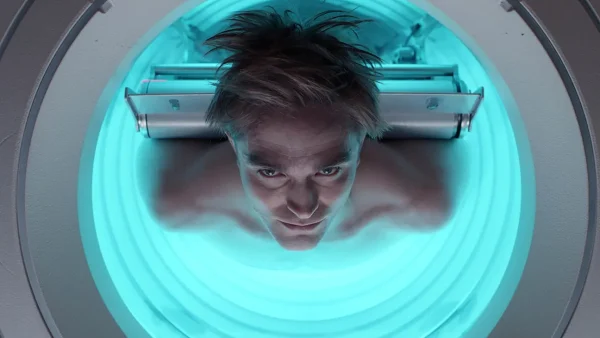Herriman High Grapples with Garbage
Addressing the littering problem and finding the solution.
Herriman High School sits on approximately 50 acres of land. And recently you cannot go to any inch of the campus without seeing litter. It’s a massive problem that is obviously not unique to Herriman High. Everywhere you go nowadays you are unfortunately going to see garbage on the ground. This is not to say that no one is trying to fix this issue. We should be extremely grateful for our custodial staff. However, when we are living in a world where everything you buy is covered in plastic, our thanks are ultimately useless.
The real problem is not the litter. It’s the fact that plastic is not a biodegradable material and also completely unavoidable in our current world. According to a UNEP report titled, Pollution to Solution: a Global Assessment of Marine Litter and Plastic Pollution, “Without urgent action, the estimated 11 million metric tons of plastic currently entering the ocean annually will triple in the next twenty years.” The report focuses on the need for governments to take action against plastic production. But don’t be confused. We all have a responsibility to care for our planet and our communities. UNEP encourages us to implement, “the many – great and small – solutions at hand, with urgency, innovation, commitment and accountability.” What this means is that we all need to do our part to reduce the damage we are causing to the planet.
A study out of the University of Cádiz in Spain studied over 12 million pieces of litter; collected from a variety of locations. They discovered that 8/10 items were plastic and 44% of the plastic came from single-use food containers like plastic bottles and wrappers. The trash around Herriman High follows this same trend if not to a more extreme extent. A large percentage of Herriman High’s litter comes from food packaging that students got during their lunch break and then failed to properly dispose of.
This dilemma has global implications. Plastics can choke animals. They break down into microplastics that leach dangerous chemicals into soil and the water supply. According to climatecentral.org 40% of the world’s litter is burned in the open air.
This means there is plastic throughout the oceans, sky, and earth. Researchers at the San Giovanni Calibita Fatebenefratelli hospital in Rome, have discovered plastic particles in the placentas of unborn babies. The report titled Plasticenta: First evidence of microplastics in human placenta stated that “Due to the crucial role of placenta… the presence of exogenous and potentially harmful (plastic) particles is a matter of great concern.” And of course we can’t forget about the infamous plastic that chokes wildlife everyday.
Fortunately, there is hope. Student organizations like NHS (National Honors Society) and GEO (Green Earth Organization) have organized litter clean-ups. And we have an amazing custodial team that works hard to keep our school clean. But these are reactive solutions that can’t actually fix the problem. But they do show one thing; people care. We all want to live in beautiful, trash-free, neighborhoods. We must work together to ensure that our garbage is disposed of properly.
Finally, and most importantly, humanity needs to decrease its reliance on single-use plastic products. We have to pressure massive corporations to fade away single-use plastics. We must support corporations that improve their carbon footprints. And we must pressure our governments to pass laws to fix this problem.









